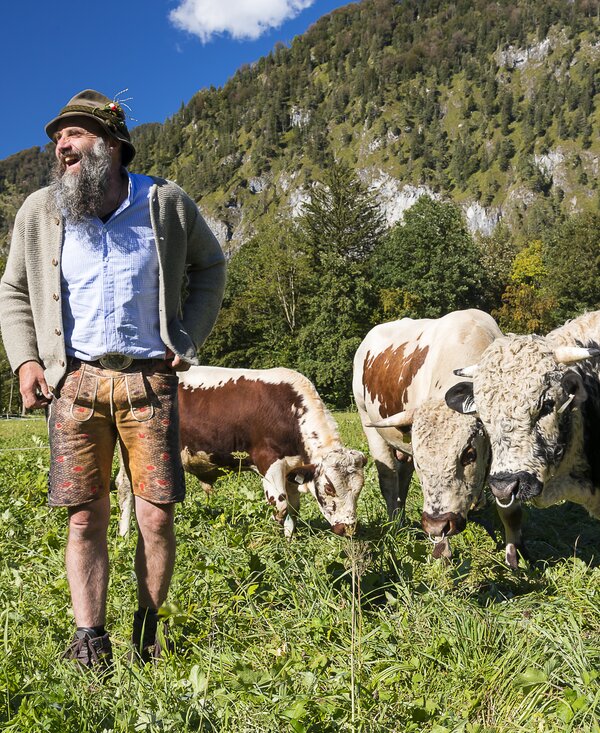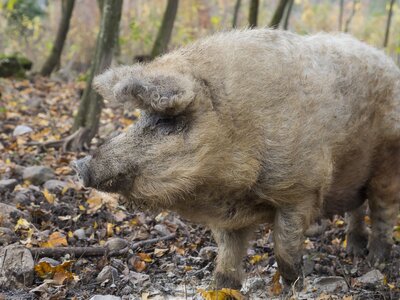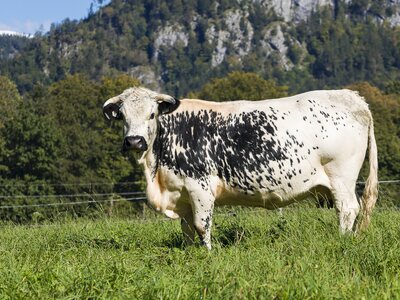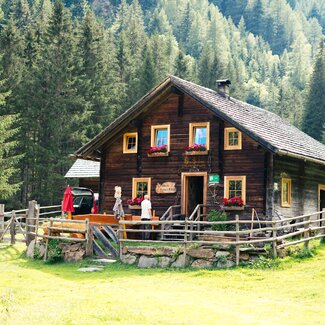Preserving Rare and Native Breeds
Not only pandas, rhinos and tigers are endangered species. There’s a range of domestic animals that used to live on Austria’s farms for centuries but are now threatened with extinction. Thomas Strubreiter runs a farm dedicated to preserving rare livestock breeds.
The Indian summer has just ended. Now it’s freezing. A thin layer of snow covers the mountains towering above the Lammertal valley. The Mangalica pigs on the farm “Auerhof” still feel as happy as pigs in muck. Thanks to their thick layer of fat and their dense fur with a natural “perm”, they are warm and cosy.
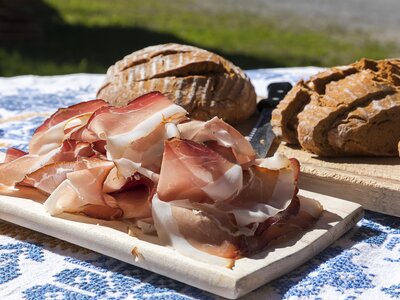
Consumers Can Make a Difference
Our purchase habits define how agriculture looks like today: quality or quantity? Thomas Strubreiter is convinced: “The main problem is that the price is the only thing that matters nowadays. If consumers ask for food to become cheaper and cheaper, well, then industrial agriculture is the answer. Just think of it, what’s on your plate. In the end, everyone has to choose what to spend money on: the newest iPhone or something good to eat.”
Farms Raising Native Breeds Did Not Profit from Modernisation
For 18 years, Thomas, Michaela, his wife, and Sissy, their daughter, have been running a farm dedicated to raising rare breed livestock. It’s one of 70 so-called “Archehöfe” in Austria. These farms focus on raising rare, native breeds of livestock. Breeds that are currently at risk of extinction.
After World War II, if not earlier, the economic thinking of putting growth and profit maximisation above all else has begun to change farming and food production activities. For example, a small number of cattle breeds were bred with the goal of obtaining high-producing cows.Today, those selected breeds produce very high yields of either milk or meat. Quite on the contrary, traditional and native livestock breeds often provide both. In terms of quantity, however, they do not play in the big leagues - neither in meat nor in dairy production. County league, rather. This is why these heritage livestock breeds are now on the brink of extinction.
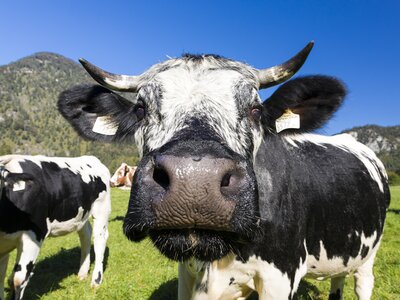
Cultural Heritage on Four Legs
And yet, compared to the high-producing specialist breeds these traditional all-rounders are ahead of the game in lots of ways. They are adapted to thrive in the local landscapes and climate. In the mountainous terrain of Tyrol, a cow just has to be more agile, less demanding and withstand the forces of nature better than cattle that’s raised primarily in the barn. First and foremost, these native livestock breeds produce less quantity but a higher quality of meat and milk. Plus, the production methods are more sustainable and ethical.
It also poses great risks for animal husbandry in general if one relies on only a handful of high-producing livestock breeds worldwide. What if the climate or eating habits change? What if diseases break out? In those cases, it will be a big advantage for humanity to be able to draw on a larger genetic pool when it comes to livestock breeds. Native breeds are a valuable genetic resource. After all, when it comes to genetic diversity, once it’s lost, it’s lost. For good.
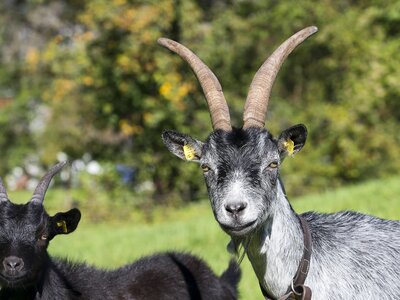
A Give and a Take
Why is Thomas putting in all this effort? Because he doesn’t want to exclusively think in monetary terms. Livestock breeds are part of the cultural heritage just like paintings or symphonies. Their meaning for society goes far beyond the economic value. And it’s a sense of appreciation that guides him: “My family has been living here, in the Lammertal valley, for 900 years. In hard times, my ancestors have only been able to survive thanks to these native breeds of livestock. This is why we want to give them something in return - now, that they are going through hard times.”
